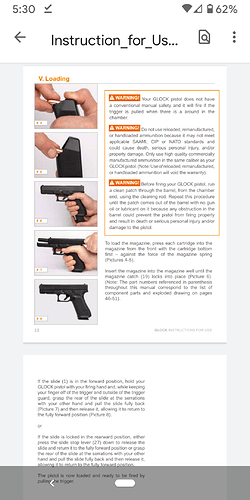There are a couple different concepts floating in here.
Cycling or Rotating ammo…
To me, this is the practice of shooting ALL the SD/HD ammo in a magazine(s), ensuring the mag functions well, the ammo cycles, no failures, and you can hit what you aim at. You then reload that mag(s) with SD/HD ammo and put it back where it was. You should do this on a regular(ish) basis.
Ammo doesn’t “go bad” if it is just sitting in a magazine and not in any sort of weird weather conditions.
Carry ammo is subjected to slightly more stress since its next to your body (hot) and some people sweat (a lot) onto or into it. I dont know where you would draw the line when you can say “i’ve worn this ammo for X years, I’m not sure it goes bang anymore”.
Cycling/Rotating your HD/SD ammo every 6mo/1year is only partially to prevent it from going bad/stale. Mainly it is to make sure that you practice with your carry ammo since it will usually “feel” different from range ammo (recoil) and there is a potential POA/POI shift from range ammo.
If you can afford to dump your carry SD ammo every range trip, by all means go for it. Every 6mo/1year seems reasonable to me, but YMMV. I dont have any scientific data on it, but past 1 year just feels like its too long since you’ve trained with your carry ammo, but that is subject to everyone’s budgets and priorities.
Bullet setback (cycling/rotating ONE round)
Bullet setback is a real thing, although not super common (at least that I’ve heard of). This pertains to the folks who unload/load their magazines in a firearm on a regular basis. For example, your carry firearm goes in the safe each night. You take the firearm out of the holster, drop the magazine, rack the slide to empty the chamber, and set aside the chambered bullet. The next day you put the magazine back in, rack the slide to chamber a round, and maybe put yesterday’s bullet back on the top of the magazine.
What ends up happening is that each time the slide chambers a round it slams into the bullet from the magazine and slams it into the chamber there is the potential for the bullet to get pushed back into the casing just a teeny tiny bit. Where this is dangerous is if the bullet gets seated back too far you end up with over-pressure in the case, causing kabooms in worst case scenario and FTFire in best case scenario. AFAIK, it is a pretty grey area as far as when you can say “this is too much setback”, there is no definitive number such as 50 chamberings is OK, but 51 is not.
If you do this to a bullet once it is no big deal, I doubt its even measurable. But if you “cycle/rotate” that same bullet into a chamber a lot of times, then you begin to see it. I’ve seen “on the internet” where people have chambered a round 50 or 100 times and the bullet will be setback a few millimeters. 100 may sound like a lot, but if you consider the person who cycles/rotates that top round every day putting the firearm in/out of the safe that is up to 365 chamberings for a single bullet and each one is an opportunity for setback.
There are ways to mitigate the risk of setback. Some folks will put a mark with a sharpie each time a bullet is chambered. And if you see a bullet has like a dozen marks on it, remove from rotation. Or they will unload/load the magazine in a different order, or swap the top few rounds, etc.
Is this something worry about? Maybe? If you have been chambering the top round for over a year (365 times) that means you haven’t rotated your ammo (see above) and you’ve been administratively clearing your firearm every day. Possibly just being aware of the potential problem and knowing you’ve chambered this round a lot means you set that one aside.
My carry firearms stay chambered and holstered 24/7/365 unless they goto the range, get cleaned, or practice dryfire. So for me… (and I readily admit this is overzealous and slightly OCD) every time I clear that chamber, that round goes into the “chambered pile” and when I do that enough I end up with a box of SD/HD ammo and I will shoot that ammo at the range and not feel bad about it.
 . Like you, I use all my mags at the range, so they don’t sit loaded for really long times.
. Like you, I use all my mags at the range, so they don’t sit loaded for really long times.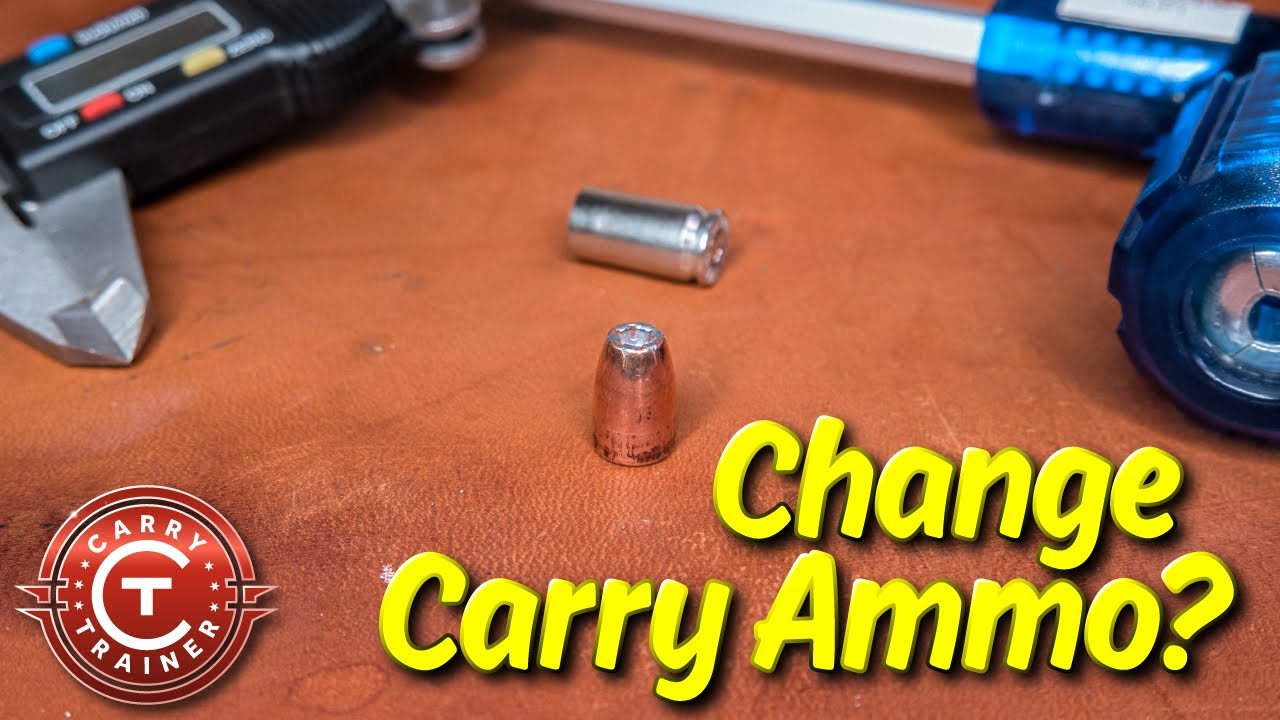
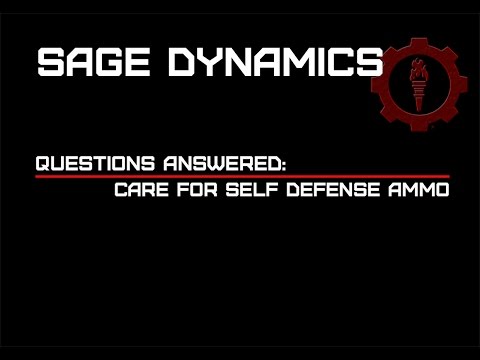
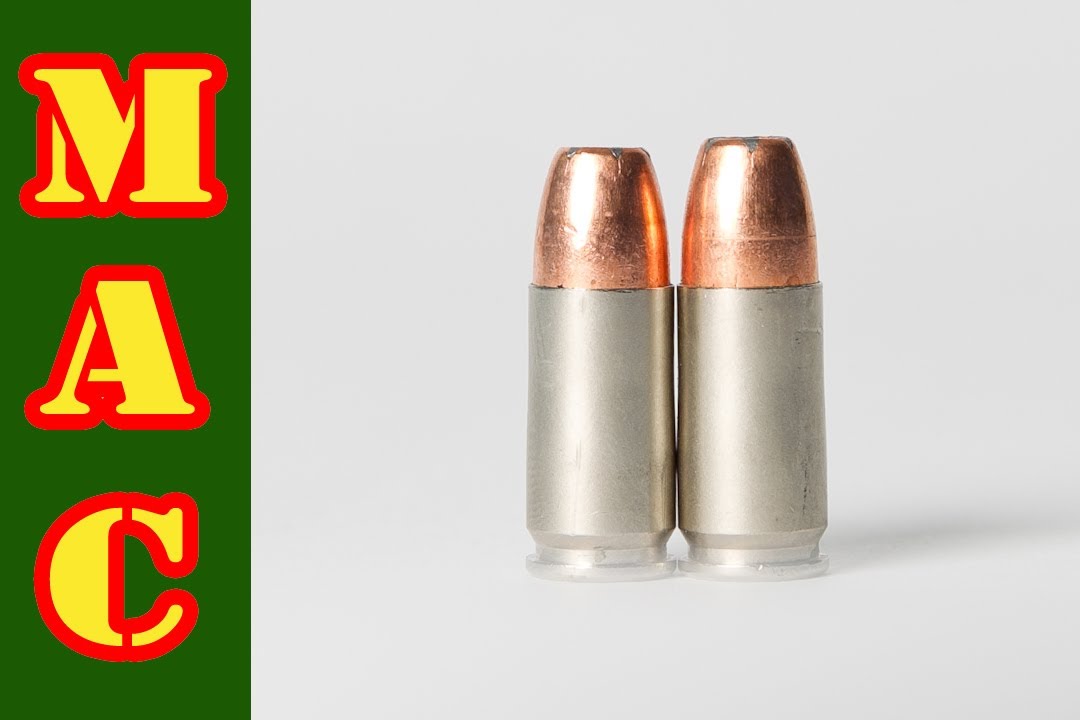
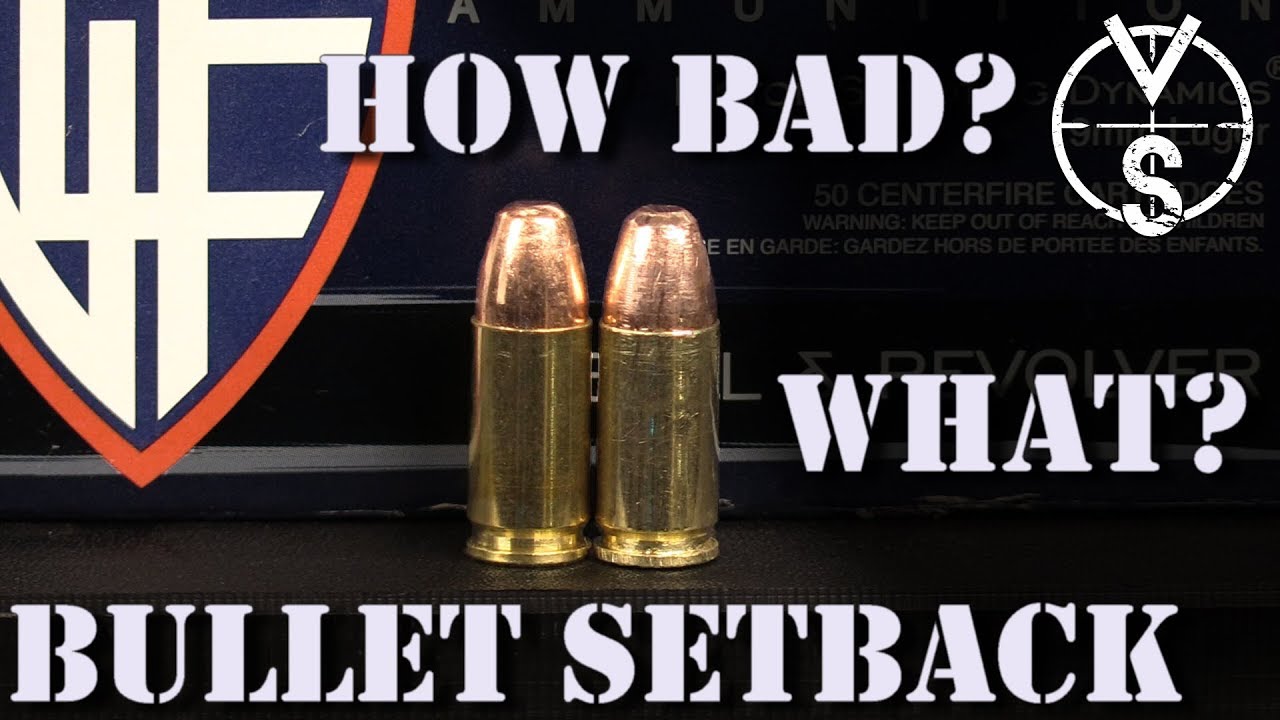
 )
)